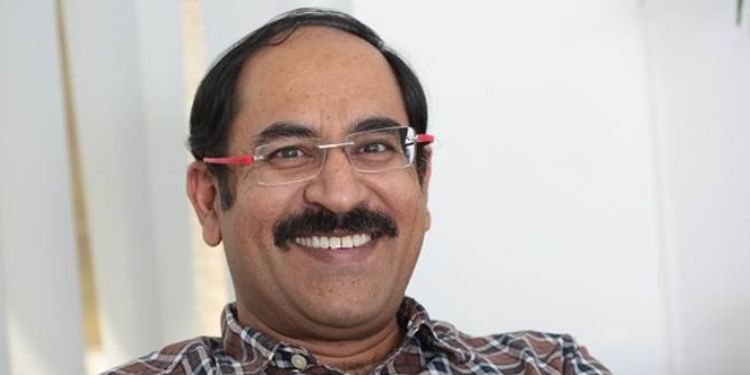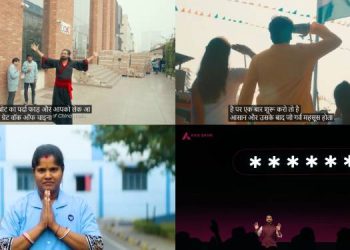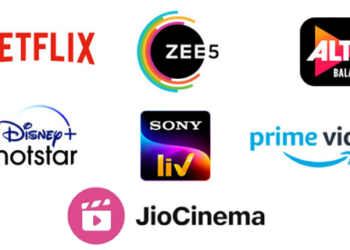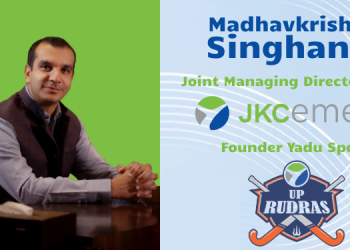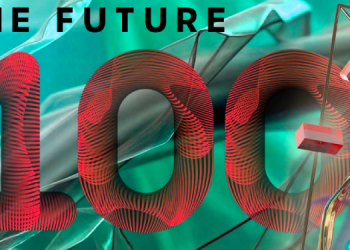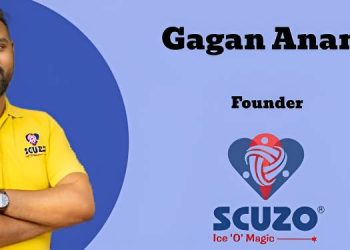An advertising agency called NW Ayer and Son was tasked to revive the fortune of a business. This was the time of the great depression, the world was recovering from war, and the brand was looking to establish itself in a new geography. This was a time when the diamond ring was the most popular way of proposing a wedding and the relevance of diamond in jewellery was not very high.
In 1947, the agency wrote the slogan ‘A Diamond is Forever’ and De Beers never looked back. The slogan is still in use and De Beers has created ForeverMark as the hallmark of its diamonds. It took a strong brand idea and a global category has been created.
In the mid ’90s, the Government of India embarked on the ambitious task of increasing premium inbound tourist traffic to India. Till then, Indian tourism marketing was driven by individual states and Kerala’s God’s Own Country campaign was well recognised in global markets. The ministry created a campaign called ‘Incredible India’ and launched it globally to make India an attractive tourist destination to the well-heeled travellers of the world. In the last two decades or more, the campaign has stayed focused on one singular idea and has delivered results that are the envy of many tourism boards of the world. This was a strong idea, owned and leveraged by the ministry that created everlasting impact.
Earlier this year, KitKat’s unfinished billboards created a strong buzz. Consumers were able to complete the slogan in their head even as they only saw a half-written slogan of the brand. This is the power of an idea that has been owned and honed by the brand. It was in 1957 that the slogan was written for KitKat and since then, for the last 66 years, the brand has owned and lived the idea.
The point is simple: an Idea is forever.
An idea can change the brand’s fortune, but why is it that in this performance marketing and social content-driven ecosystem, media presence has become more important than the idea that the brand can own?
There are no easy answers, except that the creative evolution process is far more complex than the process for media selection. The creative evolution process needs conviction, bravery, leap of faith, focus and a strong sense of what the brand stands for. There is no exit clause in the evolution process and resources are not an issue.
The media selection process is linear, based on past data, driven from what is already known, has an easy exit route if the strategy doesn’t work and is a function of resources.
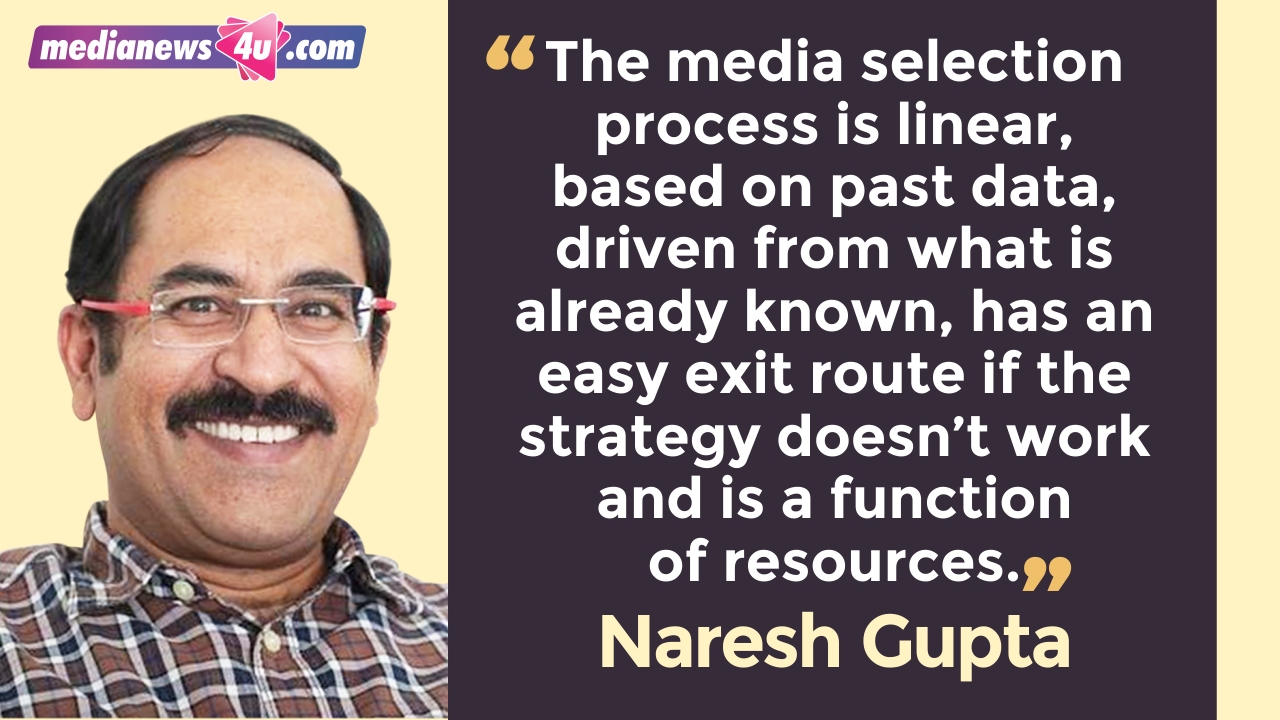
Brand owners find it easy to spend more time on media and less on creative as they do believe that they can see the results of a campaign in days and know whether the money they spent has worked.
Consider this. If you are a chocolate brand today, will “taking a break” ever feature in your list of keywords? Will that not be too much of a departure from category keywords? Will the keyword ‘break’ even feature in your exploration?
What we see today is brand after brand not wanting to take a leap and explore an idea that they can own forever. This creates a scenario where the branding effort has no cumulative impact, the money spent today does not build a long-term strategic advantage and the brand never builds traction. Today, brands do find money to spend easily thanks to venture capital, but they fail to build an asset that they can own forever.
An idea is forever, and as brand owners, do strive to create one that is ownable, sustainable and something that lives for a fairly long time.
(The author is Co-founder and CSO, Bang in the Middle.)
(First published by The Free Press Journal BrandSutra. Content powered by MediaNews4u.com. Feedback: [email protected])

